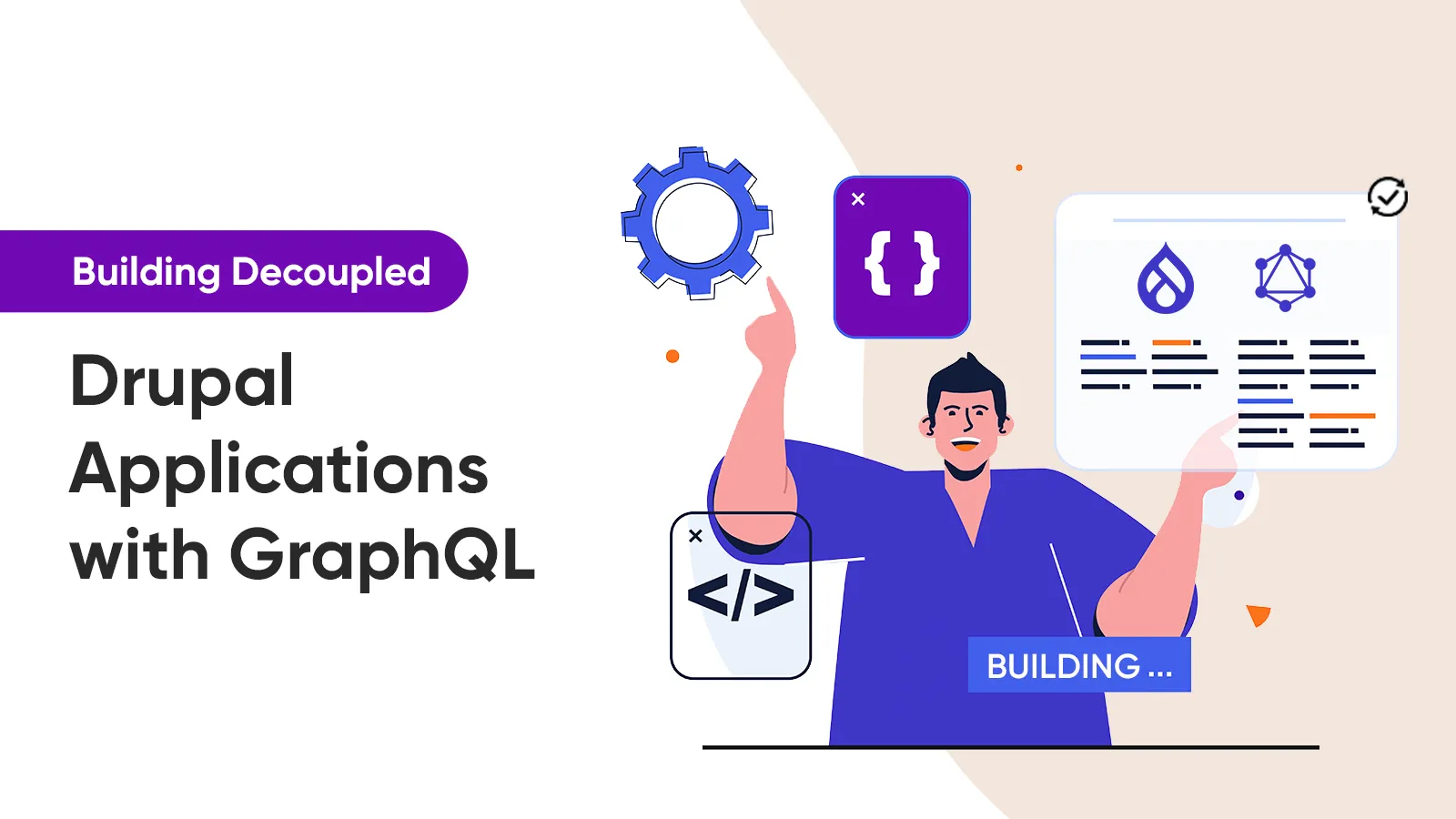Decoupled Drupal is a popular approach to building web applications that separates the content management system (CMS) from the front-end user interface. This allows for greater flexibility and scalability in the development process, as well as the ability to use different front-end technologies for different parts of the application.
One popular way to implement decoupled Drupal is by using GraphQL, a query language for APIs that provides a more efficient, powerful, and flexible alternative to RESTful APIs. In this article, we'll explore how to build a decoupled Drupal application with GraphQL, using Drupal as the CMS and React as the front-end framework.
Step 1: Set Up Your Drupal Environment
The first step in building a decoupled Drupal application with GraphQL is to set up your Drupal environment. This will involve installing Drupal and configuring it to expose your content as a GraphQL API.
To do this, you can use the Drupal GraphQL module, which provides a plugin system for extending the GraphQL schema with custom types, fields, and queries. Once you've installed and enabled the module, you can define your custom types and fields using the Drupal hook system.
Here's an example of defining a custom GraphQL type in Drupal:
This code defines a custom GraphQL type called "Article" with fields for the title, body, and image of the article. The resolve function for the field_image field uses the Drupal ImageStyle service to generate a URL for the image based on the specified image style.
Step 2: Set Up Your React Environment
Once you've set up your Drupal environment, the next step is to set up your React environment. This will involve creating a new React application and installing the necessary dependencies.
To create a new React application, you can use the Create React App tool, which provides a simple way to set up a new React project with all the necessary configuration and dependencies. Here's an example of creating a new React application:
npx create-react-app my-app
cd my-appNext, you'll need to install the necessary dependencies for working with GraphQL in React. For this, we'll be using the Apollo Client library, which provides a convenient way to query GraphQL APIs and manage the resulting data.
To install Apollo Client, you can run the following command:
npm install @apolloStep 3: Connect to the GraphQL API
Once you've set up your Drupal and React environments, the next step is to connect to the Drupal GraphQL API from your React application. To do this, you'll need to create an instance of the Apollo Client and configure it with the URL of your GraphQL endpoint.
Here's an example of setting up the Apollo Client in a React component:
This code creates a new Apollo Client instance and configures it with the URL of your Drupal GraphQL endpoint.
Step 4: Query the GraphQL API
Once you've connected to the Drupal GraphQL API from your React application, the next step is to query the API for the data you need. To do this, you can use the useQuery hook provided by Apollo Client, which allows you to define your query as a GraphQL string and execute it against the API.
Here's an example of querying the Drupal GraphQL API for a list of articles:
This code defines a GraphQL query for fetching a list of articles from Drupal, using the nodeQuery field provided by the Drupal GraphQL module. The resulting data is then rendered as a list of articles in a React component.
Step 5: Display the Data
Finally, once you've queried the Drupal GraphQL API for the data you need, the last step is to display the data in your React application. This will involve rendering the data in your components using JSX, the declarative syntax used by React for describing user interfaces.
Here's an example of rendering the list of articles fetched from Drupal in a React component:
This code renders a list of articles fetched from Drupal in a React component, using conditional rendering to handle the loading and error states of the data.
Ready to build your own decoupled Drupal application with GraphQL? Contact us to learn how our expert team of developers can help you bring your ideas to life.





